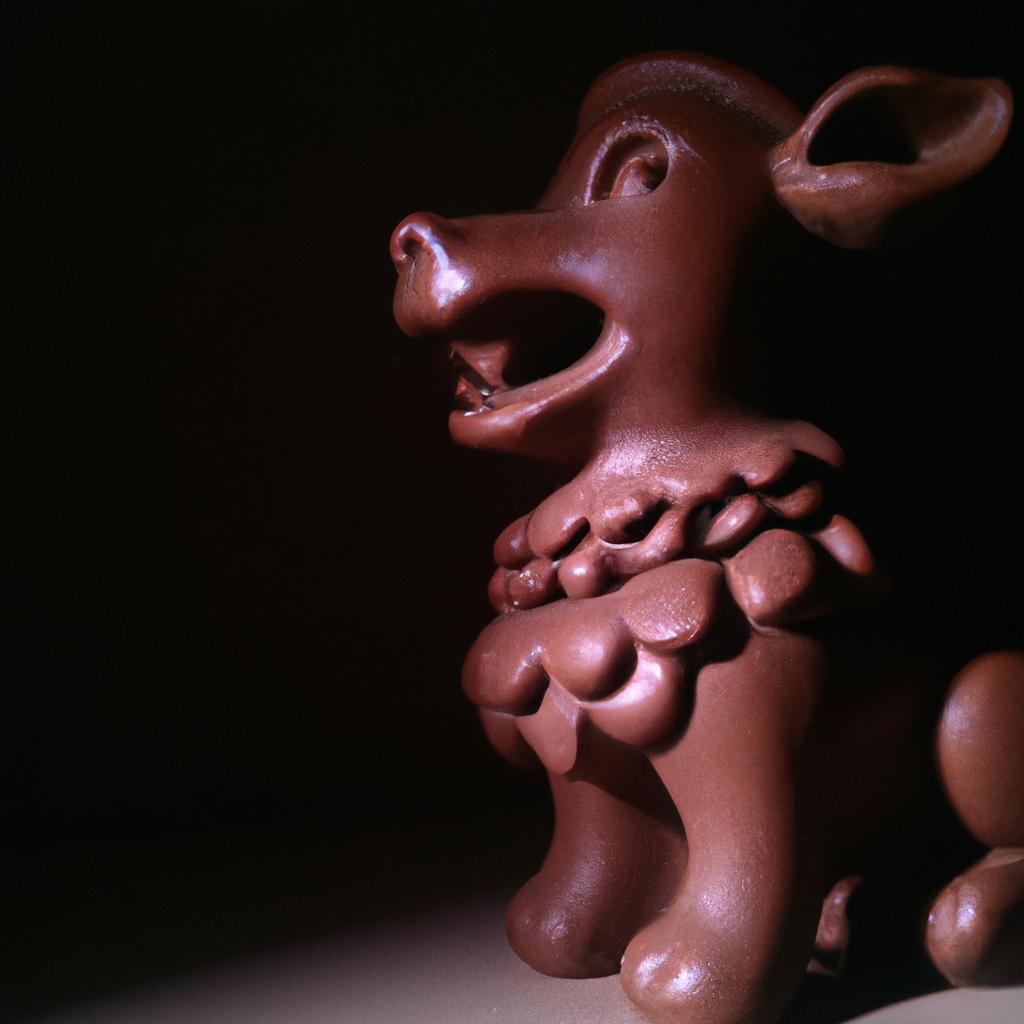Terracota has been a beloved material for centuries, dating back to ancient times. Its durability, versatility, and natural beauty have made it a popular choice for a wide range of applications, from pottery to building materials. In modern times, terracota has experienced a resurgence in popularity, with people seeking eco-friendly and sustainable alternatives to synthetic materials.
The term “terracota” comes from the Latin words “terra cotta,” meaning “baked earth.” It refers to a type of clay that is molded and baked at high temperatures to create a hard, durable material. The earliest known use of terracota dates back to ancient civilizations such as the Greeks and Romans, who used it to create everything from sculptures to roof tiles. Its natural color and earthy texture have made it a popular choice for decorative and functional items alike.
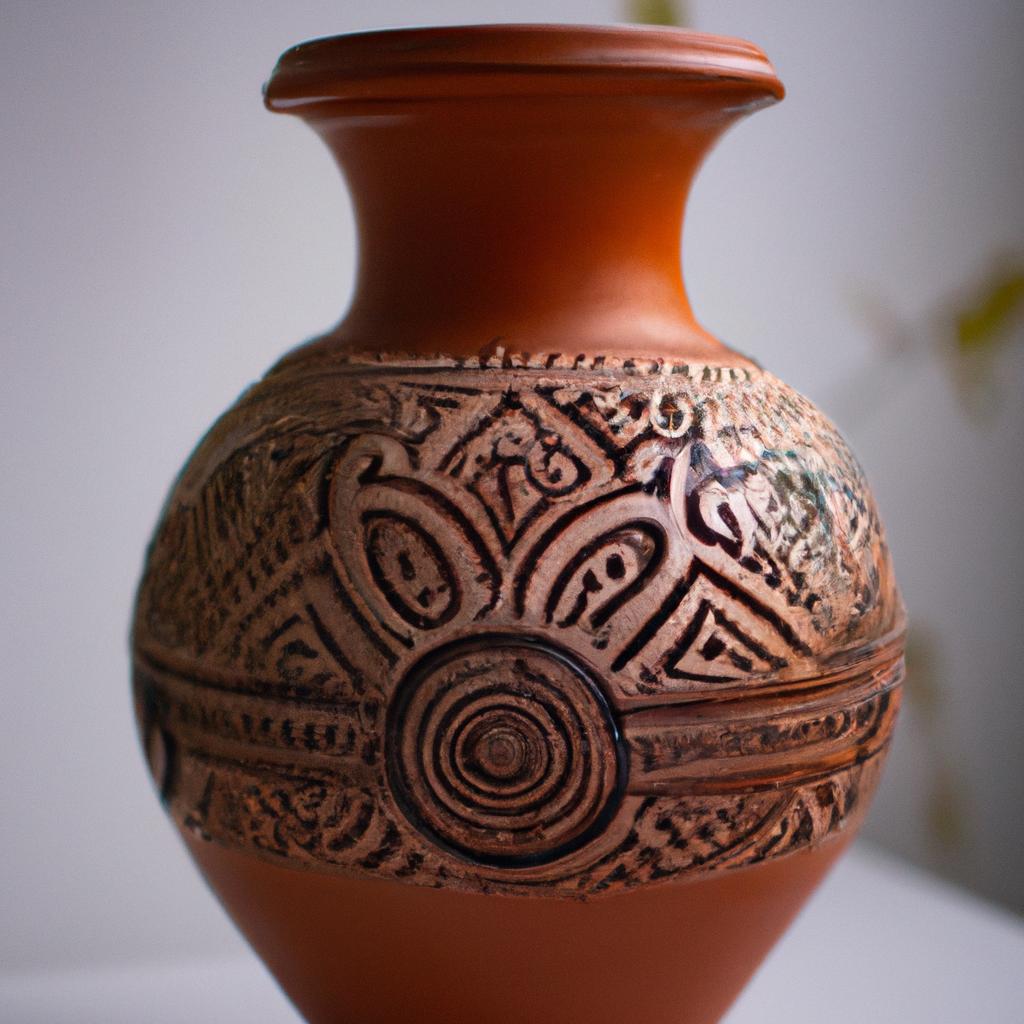
Terracota products can be found in a variety of settings, from home decor to garden architecture. With the rise of sustainable and eco-friendly living, the demand for high-quality terracota products has only increased. Using high-quality terracota products not only adds a touch of natural beauty to your home or garden but also ensures longevity and durability.
The Origins of Terracota
The Meaning and Derivation of the Term “Terracota”
The term “terracota” comes from the Latin words “terra” meaning “earth” and “cotta” meaning “cooked.” It refers to a type of clay that is molded and baked at high temperatures to create a hard, durable material.
The Earliest Known Use of Terracota
The earliest known use of terracota dates back to ancient civilizations such as the Greeks and Romans, who used it to create a wide range of objects, including pottery, sculptures, and roof tiles. In China, terracota has been used for centuries to create the famous Terracotta Army, a collection of terracota sculptures depicting the armies of the first Emperor of China.
The Cultural Significance of Terracota in Different Parts of the World
Terracota has played a significant role in the art and culture of many civilizations throughout history. In Mexico, for example, terracota has been used to create intricate and colorful pottery for centuries. In India, terracota is used to create traditional pottery, such as the famous kulhars used to serve chai tea. Terracota has also been used in architecture, particularly in the Mediterranean region, where it was used to create roof tiles and decorative elements for buildings. Today, terracota continues to be a popular material for both functional and decorative items, from planters to sculptures.
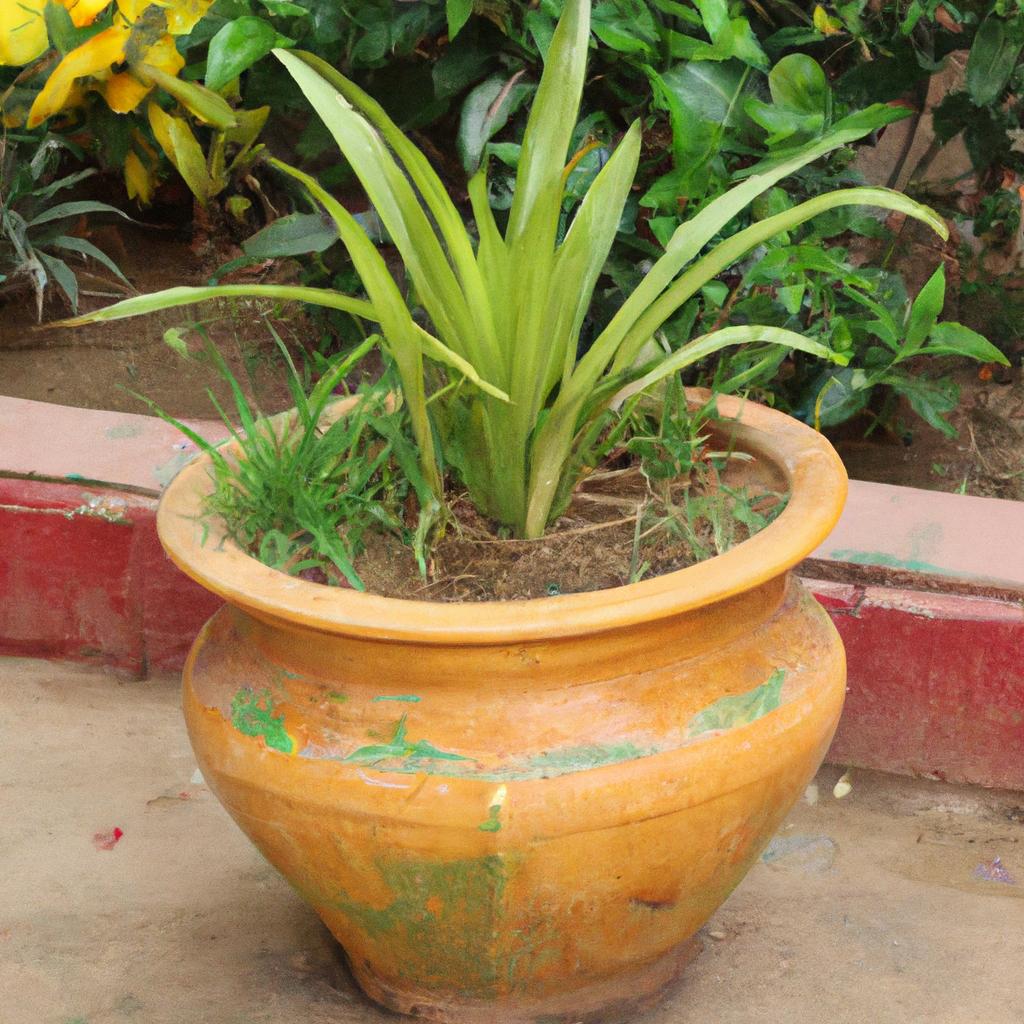
Types of Terracota Products
Terracota products come in a wide range of shapes, sizes, and styles, making them a versatile choice for any home or garden. Here are some of the most popular types of terracota products available:
Garden Pots
Terracota garden pots are a classic choice for any garden. They come in a variety of sizes and shapes, from small planters to large urns. Terracota garden pots are not only beautiful but also functional, as they provide excellent drainage for plants.
Roof Tiles
Terracota roof tiles have been used for centuries as a durable and weather-resistant roofing material. They provide excellent insulation and are resistant to fire and pests. Terracota roof tiles come in a range of colors and styles, from traditional curved tiles to flat tiles with a modern look.
Decorative Tiles
Terracota decorative tiles are a popular choice for adding warmth and texture to any room. They come in a variety of patterns and designs, from intricate floral patterns to simple geometric shapes. Terracota decorative tiles can be used as accents on walls, floors, and backsplashes.
Handmade vs. Machine-Made Terracota Products
Handmade terracota products are crafted by skilled artisans, using traditional techniques that have been passed down for generations. Each piece is unique, with its own character and charm. Machine-made terracota products, on the other hand, are mass-produced using modern technology. While they may lack the individuality of handmade products, they are often more affordable and consistent in quality.
Benefits of Using Terracota Products
Using terracota products in your home or garden has many benefits. Terracota is an eco-friendly and sustainable material, as it is made from natural clay and requires little energy to produce. Terracota products are also durable and long-lasting, making them a smart investment for any homeowner. Additionally, terracota products provide excellent insulation, keeping your home cool in the summer and warm in the winter.
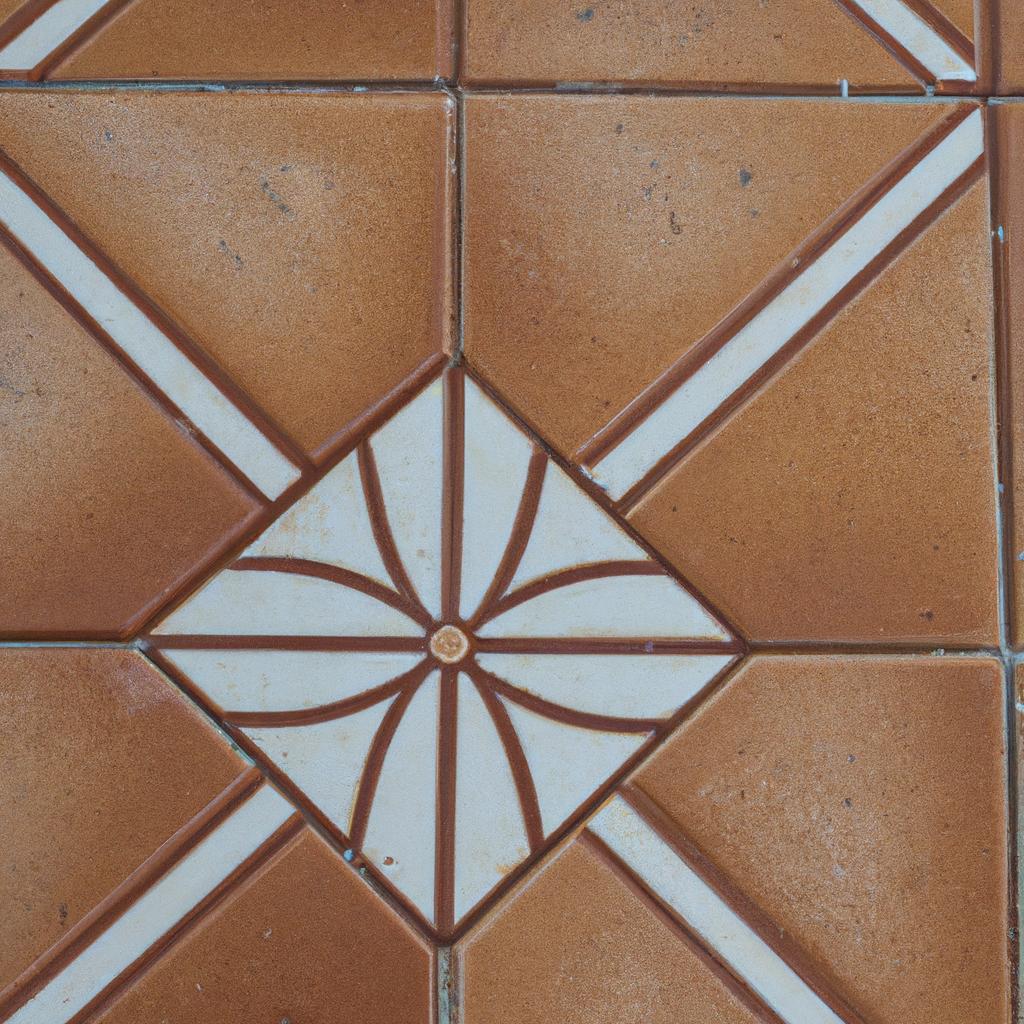
The Benefits of Terracota
Terracota is more than just a beautiful material – it also comes with a host of benefits that make it an excellent choice for your home or garden. Here are just a few of the many benefits of using terracota:
How Terracota Improves Indoor Air Quality
Terracota is a natural material that is free from synthetic chemicals and pollutants. Unlike synthetic materials that can off-gas harmful chemicals into your home, terracota helps to improve indoor air quality by absorbing excess moisture and toxins from the air. This makes it an ideal material for use in humid or damp areas of your home, such as bathrooms or basements.
The Eco-friendliness of Terracota Products
As a natural material, terracota is an eco-friendly choice that helps to reduce waste and pollution. Terracota products are made from natural clay that is abundant and renewable, making it a sustainable choice for the environmentally conscious consumer. Additionally, terracota products are often handcrafted, which means they have a lower carbon footprint than mass-produced synthetic materials.
The Durability and Longevity of Terracota Products
Terracota is a remarkably durable material that can last for decades with proper care and maintenance. Unlike synthetic materials that can degrade over time, terracota products actually improve with age, developing a beautiful patina that adds to their natural charm. With proper sealing and protection from extreme temperatures, terracota products can withstand the test of time and become cherished family heirlooms.
In summary, terracota is a natural, eco-friendly, and durable material that offers a wide range of benefits for the home or garden. From improving indoor air quality to lasting for generations, terracota products are a wise investment that will add natural beauty and functionality to your space.
Caring for Terracota Products
Terracota products are known for their durability and longevity, but they do require some care and maintenance to keep them looking their best. Here are some tips on how to clean and maintain your terracota products:
Tips on How to Clean and Maintain Terracota Products
- Regular cleaning: Dust your terracota products regularly with a soft cloth or brush to prevent the buildup of dirt and grime. For tougher stains, use a mild detergent and warm water to gently scrub the surface.
- Avoid harsh chemicals: Avoid using harsh chemicals or abrasive materials when cleaning your terracota products, as these can damage the surface and cause discoloration.
- Sealants: Apply a sealant to your terracota products to protect them from moisture and other environmental factors. Be sure to choose a sealant that is safe for terracota and follow the manufacturer’s instructions carefully.
The Importance of Proper Storage and Handling of Terracota Products
- Proper storage: Store your terracota products in a cool, dry place to prevent moisture buildup and minimize the risk of cracking or damage. Avoid stacking them on top of each other, as this can cause them to chip or break.
- Handle with care: Terracota products can be fragile, so handle them with care when moving or transporting them. Use padding and protective materials to prevent damage during transit.
Common Mistakes to Avoid When Caring for Terracota Products
- Not cleaning regularly: Neglecting to clean your terracota products regularly can lead to the buildup of dirt and grime, which can be difficult to remove over time.
- Using harsh chemicals: Harsh chemicals can damage the surface of your terracota products, causing discoloration or even cracking.
- Storing in damp or humid environments: Moisture can cause your terracota products to become brittle and crack over time. Be sure to store them in a cool, dry place to prevent this from happening.
By following these simple tips, you can keep your terracota products looking beautiful and in top condition for years to come.
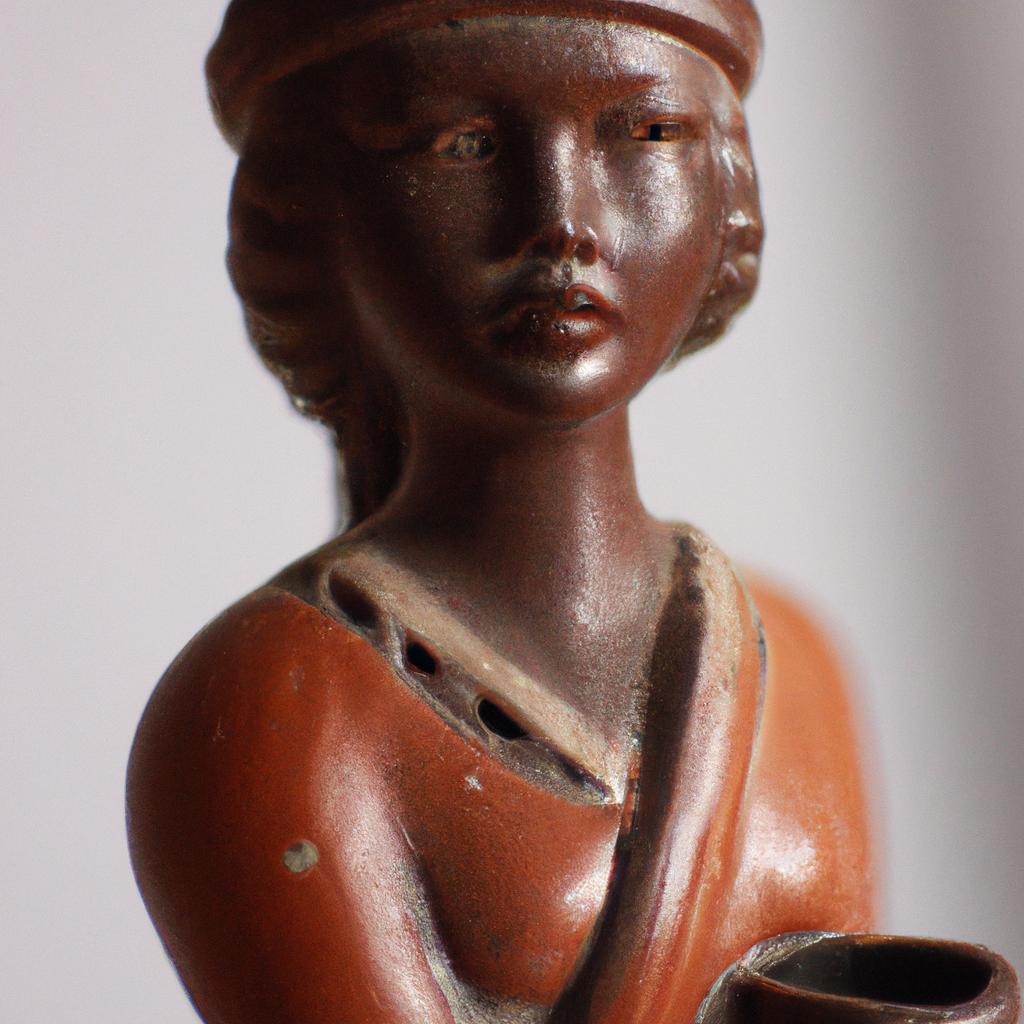
Conclusion
In conclusion, terracota is a timeless and versatile material that has been beloved for centuries. Its natural beauty, durability, and eco-friendliness have made it a popular choice for a wide range of applications, from pottery to home decor.
Terracota has a rich history that dates back to ancient civilizations, and its popularity has only increased in modern times as people seek sustainable and eco-friendly alternatives to synthetic materials. Choosing high-quality terracota products ensures not only the longevity and durability of the items but also supports sustainable living and eco-friendly practices.
Whether you’re looking to add some natural warmth to your home or garden or seeking an alternative to synthetic materials, terracota is a versatile and timeless choice that will stand the test of time. So why not incorporate some terracota products into your life and enjoy the natural beauty and eco-friendliness they offer?
At TooLacks, we’re passionate about promoting sustainable living and eco-friendly practices, and terracota is just one example of how we can make a difference in our daily lives. Join us in our mission to create a better world for future generations by choosing high-quality and sustainable products like terracota.
Sources:
- “Terracota.” Encyclopædia Britannica. Encyclopædia Britannica, Inc., n.d. Web. 15 Feb. 2022.
- “What Is Terracota?” The Spruce. Dotdash, n.d. Web. 15 Feb. 2022.
